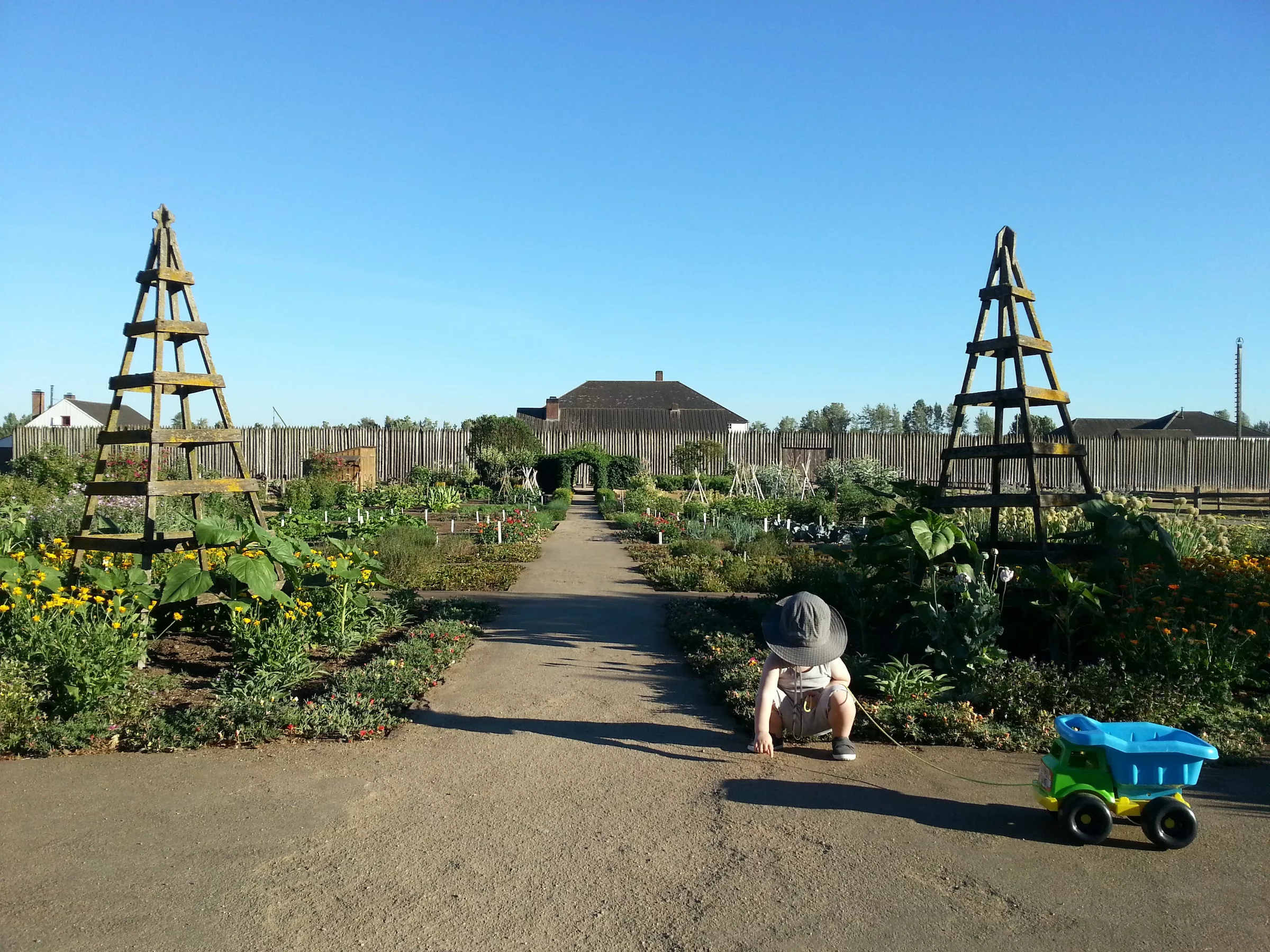Have you ever considered living a more self-sufficient lifestyle? It’s a path that many people are choosing these days, as they look for ways to reduce their impact on the environment and live a more sustainable life. Self-sufficiency doesn’t have to mean living in a cabin in the woods without any modern conveniences. In fact, there are many levels to self-sufficiency, and you can start wherever you are. In this article, we’ll explore some of the ways that you can become more self-sufficient, starting with gardening.
The Levels of Self-Sufficiency
Self-sufficiency is not an all-or-nothing approach. Instead, there are different levels of self-sufficiency, and you can start wherever you are. Here are some examples:
- Level 1: Growing a few herbs or vegetables
- Level 2: Growing enough produce to supplement your grocery shopping
- Level 3: Growing enough produce to replace most of your grocery shopping and share with neighbors or family, especially in the high season
- Level 4: Growing enough produce to sustain your family’s food needs
Nutrient and Calorie-Dense Foods
When you’re starting a garden, it’s important to focus on the nutrients and calories that your body needs. Here are some examples of nutrient and calorie-dense foods that are easy or hard to grow:
Nutrient-Dense Foods
- Kale: A hardy green that is easy to grow and packed with vitamins A, C, and K.
- Spinach: A versatile green that is easy to grow and high in vitamins A and C.
- Broccoli: A hardy vegetable that is full of vitamins C, K, and folate.
- Carrots: A root vegetable that is high in vitamin A and beta-carotene.
- Tomatoes: A fruit that is high in vitamins C and K and a good source of lycopene.
Calorie-Dense Foods
- Sweet potatoes: A root vegetable that is high in vitamin A and beta-carotene.
- Squash: A versatile vegetable that is high in vitamin A and fiber.
- Beans: A legume that is high in protein and fiber.
- Corn: A grain that is high in carbohydrates and a good source of fiber.

Water and Compost
Self-sufficiency also includes water and compost. Collecting rainwater is a great way to reduce your reliance on municipal water sources, and composting is an easy and effective way to reduce your waste and create nutrient-rich soil for your plants. If you’re using water pumps in your garden, you may also want to consider using solar panels or a wind turbine to generate your own electricity.

Gardening in Small Spaces
If you don’t have a large backyard, don’t worry! There are plenty of ways to start a garden in a small space. Here are some ideas:
- Container gardening: Use pots and other containers to grow herbs, vegetables, and fruits on your porch or balcony.
- Vertical gardening: Use a trellis or other vertical structure to grow plants up instead of out.
- Raised bed gardening: Build a raised bed in your yard or on your patio to grow a variety of plants in a small space.

What to Grow in a Large Garden
If you have a larger backyard that you want to convert into a garden, here are some good options:
- Tomatoes: These are easy to grow and come in many different varieties.
- Squash: A versatile vegetable that can be used in many different recipes.
- Zucchini: A type of squash that grows quickly and produces a lot of fruit.
- Cucumbers: Easy to grow and a great addition to salads or pickling.
- Peppers: Come in sweet or spicy varieties and can be grown in pots or in the ground.
- Beans: A legume that is easy to grow and comes in many different varieties.
- Corn: A grain that requires a bit more space but can yield a lot of produce.
- Berries: Such as strawberries, blueberries, and raspberries, are easy to grow and can provide a sweet treat.
- When starting a large garden, it’s important to consider the soil quality and nutrient levels. You may need to amend the soil with compost or other organic matter to ensure that your plants have enough nutrients to grow and thrive.
Conclusion
Self-sufficiency is a journey, not a destination. It’s something that you can start working towards today, no matter where you are on the path. Gardening is a great way to start down the path to self-sufficiency, and there are many different levels that you can work towards. Whether you have a small balcony or a large backyard, there are plenty of options for growing your own food and reducing your reliance on external sources. So why not give it a try and see where it takes you?
Join Our Gardening Newsletter for More Tips
If you enjoyed reading this, don’t hesitate to subscribe to our newsletter for a wealth of gardening knowledge and insights. Stay up-to-date on the latest gardening trends, tips, and know-how, and make your green thumb even greener.



